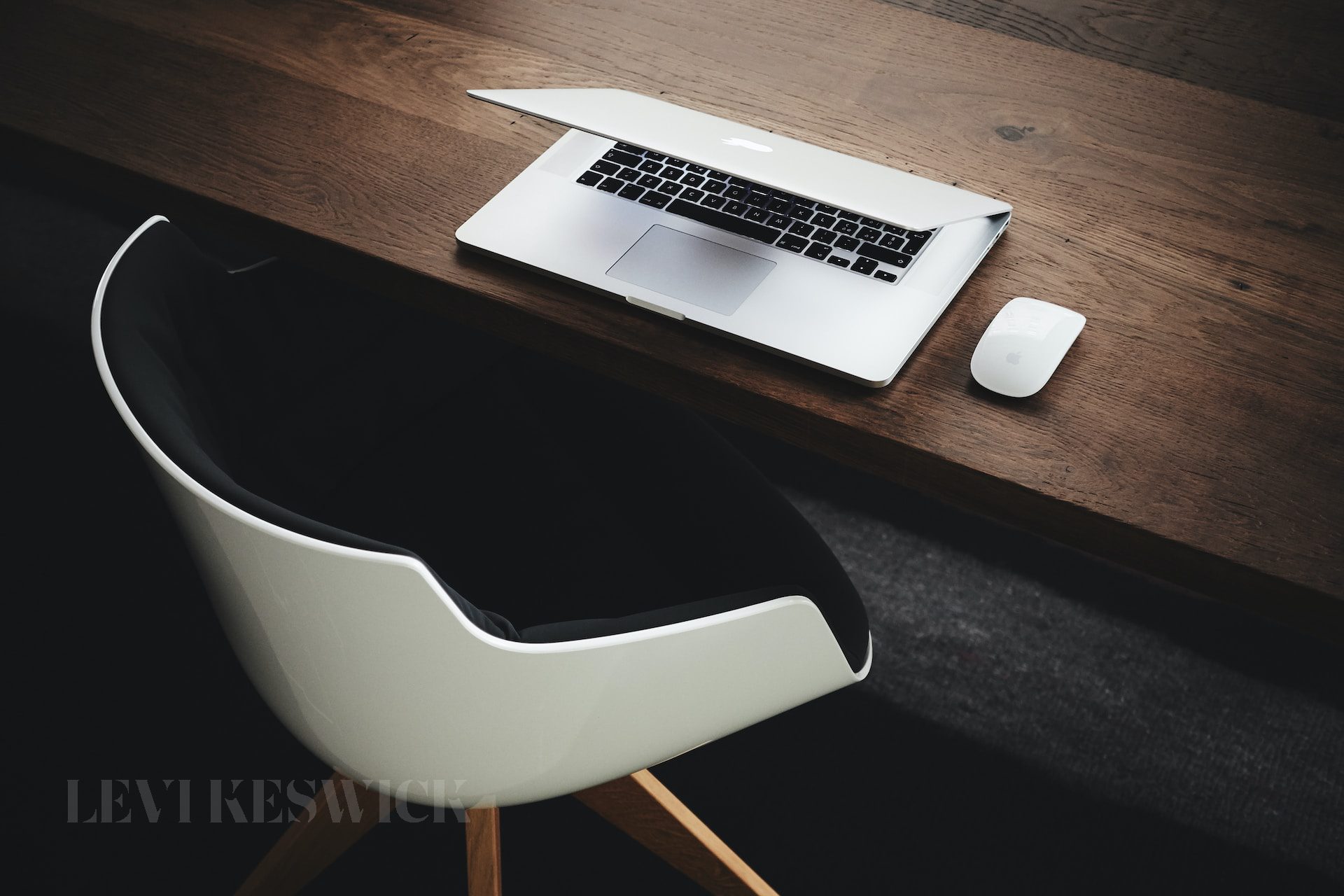Key Takeaways:
- Throughout history, technology has continuously evolved to make daily tasks less labor-intensive and more efficient.
- Advancements in technology have played a significant role in increasing life expectancy but also promoted sedentary behavior.
- The escalation of sedentary lifestyles has led to an increase in obesity and related chronic conditions.
- The utilization of lifestyle technology can be harnessed to encourage physical activity and improve overall health.
The Historical Advances of Technology: A Boon to Efficiency
From the first tool-wielding homo habilis to the globalized homo sapiens of today, humans have relentlessly pursued technological innovations to make life more comfortable and efficient. The wheel’s invention and the onset of animal-drawn carts revolutionized transportation, and the Industrial Revolution later opened the doors to even more groundbreaking innovations.
In the 20th century, the lifestyle technology revolution significantly altered daily life by introducing devices designed to decrease manual labor and improve communication, such as computers and household appliances. At the same time, advances in medical technology significantly boosted human life expectancy. As a result, humanity lives longer, but paradoxically, technology has also promoted a more sedentary lifestyle.
The Unintended Consequences: Sedentary Lifestyles and Health
Technological progress has unintentionally cultivated sedentary behavior. Many physical activities once performed as part of routine work or domestic tasks have been minimized or replaced by machines, while the advent of the internet and mobile devices has further promoted physical inactivity. This reduction in physical activity and the associated rise in sedentary behavior are linked to the global health epidemic of obesity.
The correlation between physical inactivity and obesity is a vicious cycle. Not only does physical inactivity contribute to obesity, but obesity also reinforces sedentary behavior. Consequently, many people who live longer due to advances in medical technology are experiencing reduced quality of life due to obesity-related conditions and diseases.
The Power of Physical Activity: A Countermeasure to Sedentary Behavior
Despite the challenges posed by increased sedentary behavior, physical activity remains a potent tool for health promotion and disease prevention. Regular physical activity can mitigate many of the health risks associated with sedentary lifestyles, such as obesity, diabetes, cardiovascular disease, and various mental health conditions. Moreover, staying active is crucial in maintaining muscle mass and strength, particularly for middle-aged and older individuals, thus preventing falls, cognitive decline, and hospitalizations.
Lifestyle Technology as a Vehicle for Health Promotion
Given the central role that technology plays in our daily lives, it can be harnessed to promote healthier behaviors rather than propagate sedentary ones. The very same technology that encourages physical inactivity can also be the catalyst for increasing engagement in physical activity.
Fitness trackers, mobile applications, and online platforms can help individuals monitor their physical activity, set fitness goals, and engage in virtual fitness communities. Interactive video games can promote physical movement and coordination, while remote working technology can be leveraged to incorporate standing desks, treadmill desks, and reminder software that encourages regular breaks for movement.
Moreover, technology can support broader public health initiatives to promote physical activity. Mobile apps can deliver tailored health interventions and reminders, while data collected from wearables can inform health research and policy.
Conclusion: Balancing Technology and Health
Lifestyle technology is a double-edged sword. While it offers numerous benefits in terms of efficiency and convenience, it has also inadvertently fostered a culture of physical inactivity. However, this same technology can be repurposed to promote healthier behaviors. As we continue to navigate this technological era, striking a balance between enjoying the conveniences of technology and maintaining an active lifestyle will be vital for our health and well-being. After all, the quality of our years is as important as the quantity. The challenge lies in ensuring that lifestyle technology serves as a tool for health promotion, not just convenience and productivity.







